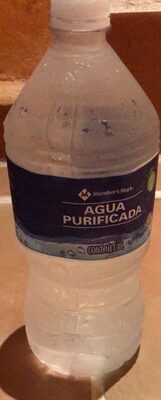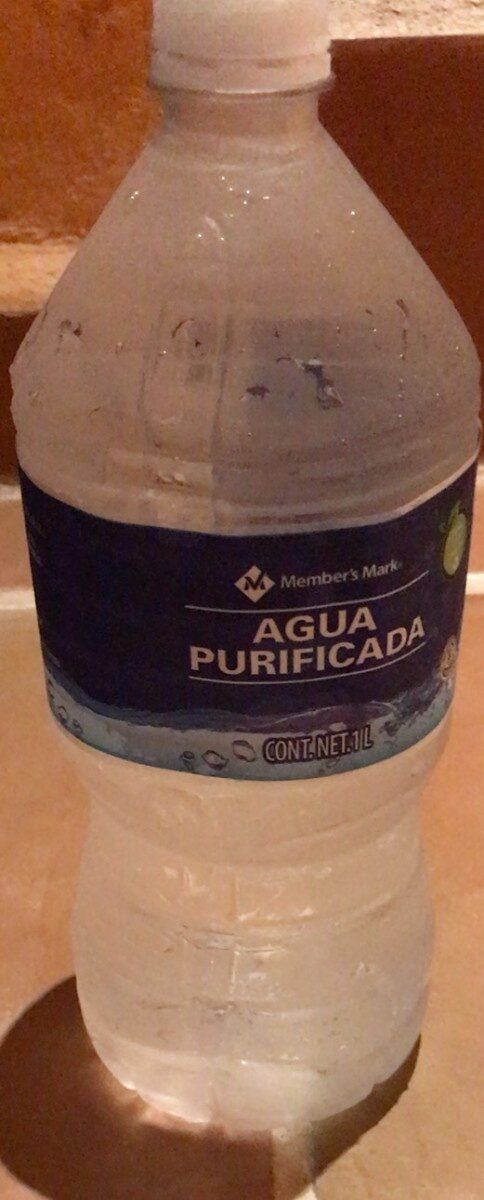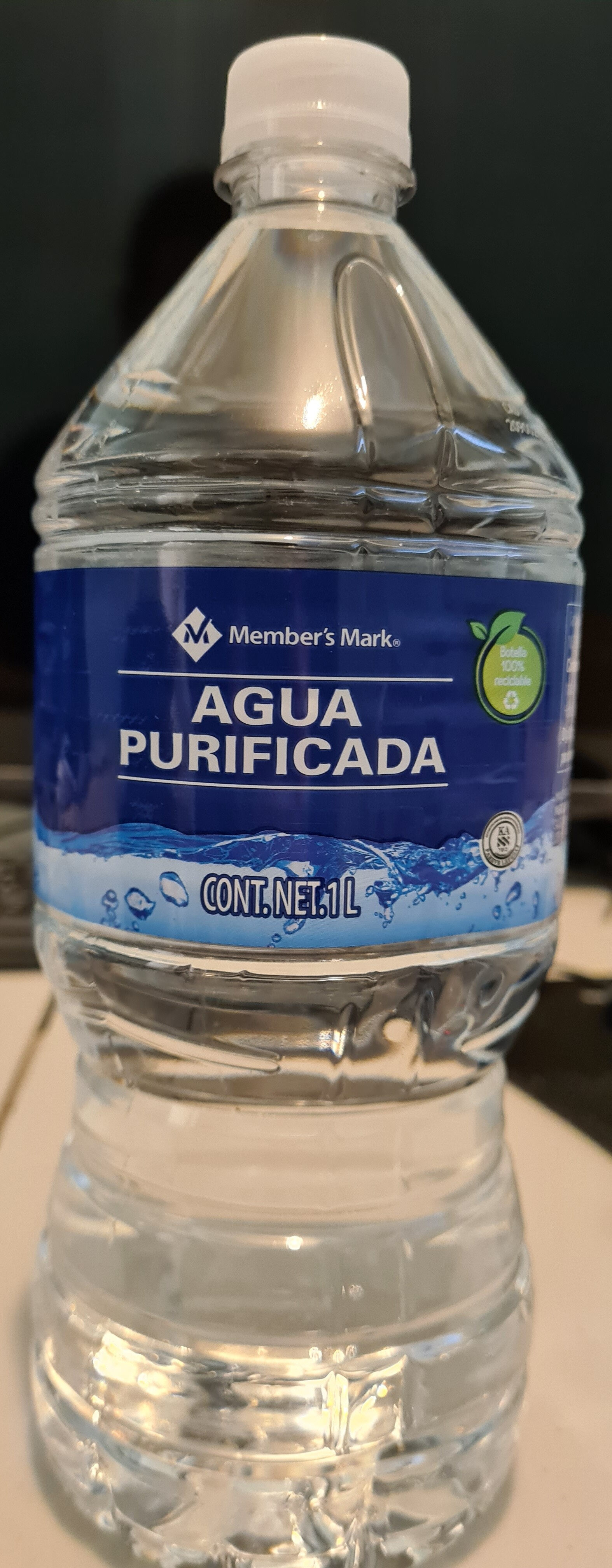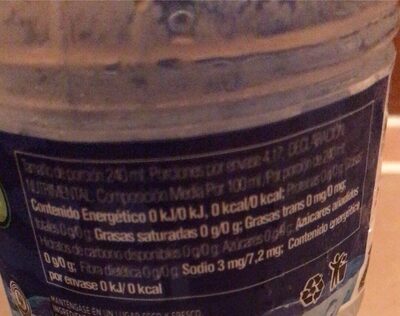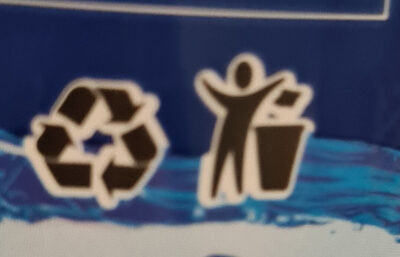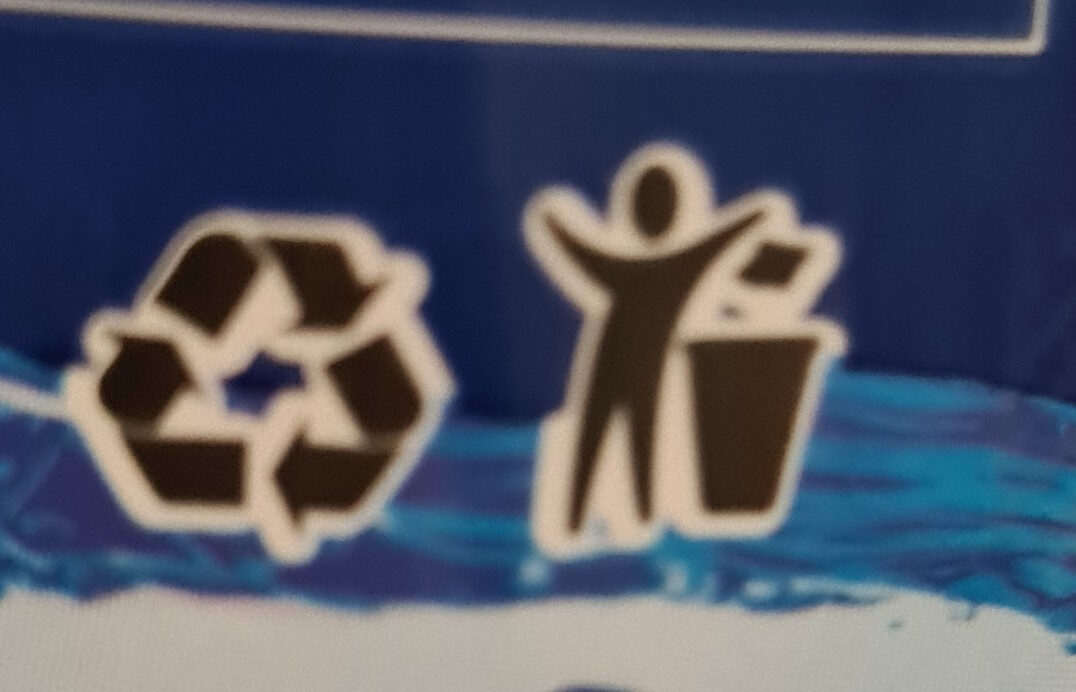Agua purificada - Member's Mark - 1L
Codi de barres: 7500533000827 (EAN / EAN-13)
Quantitat: 1L
Empaquetament: Plàstic
Marques: Member's Mark
Categories: Begudes, Aigua envasada, Begudes sense sucre
Origen dels ingredients: Mèxic
Botigues: Sams
Matching with your preferences
Report a problem
Fonts de dades
Producte afegit per elcoco
Última modificació de la pàgina del producte per bytes2000.
La pàgina del producte, també editada per elcoco.34094982e6cc8ee5fc82b282fdde0a01, kiliweb, openfoodfacts-contributors, org-app-elcoco, yajahira, yuka.sY2b0xO6T85zoF3NwEKvlnNHU4ryvm7VGi7ft2KRnfbUNKOwZvJwxLnRIqs.
Si les dades són incorrectes o incompletes, pot completar o corregir editant aquesta pàgina.
